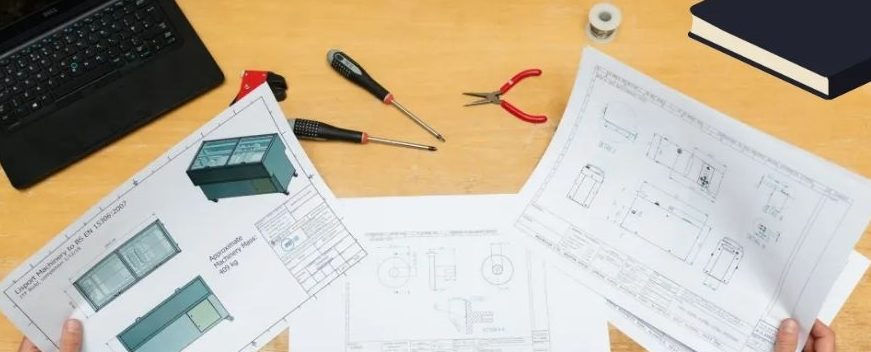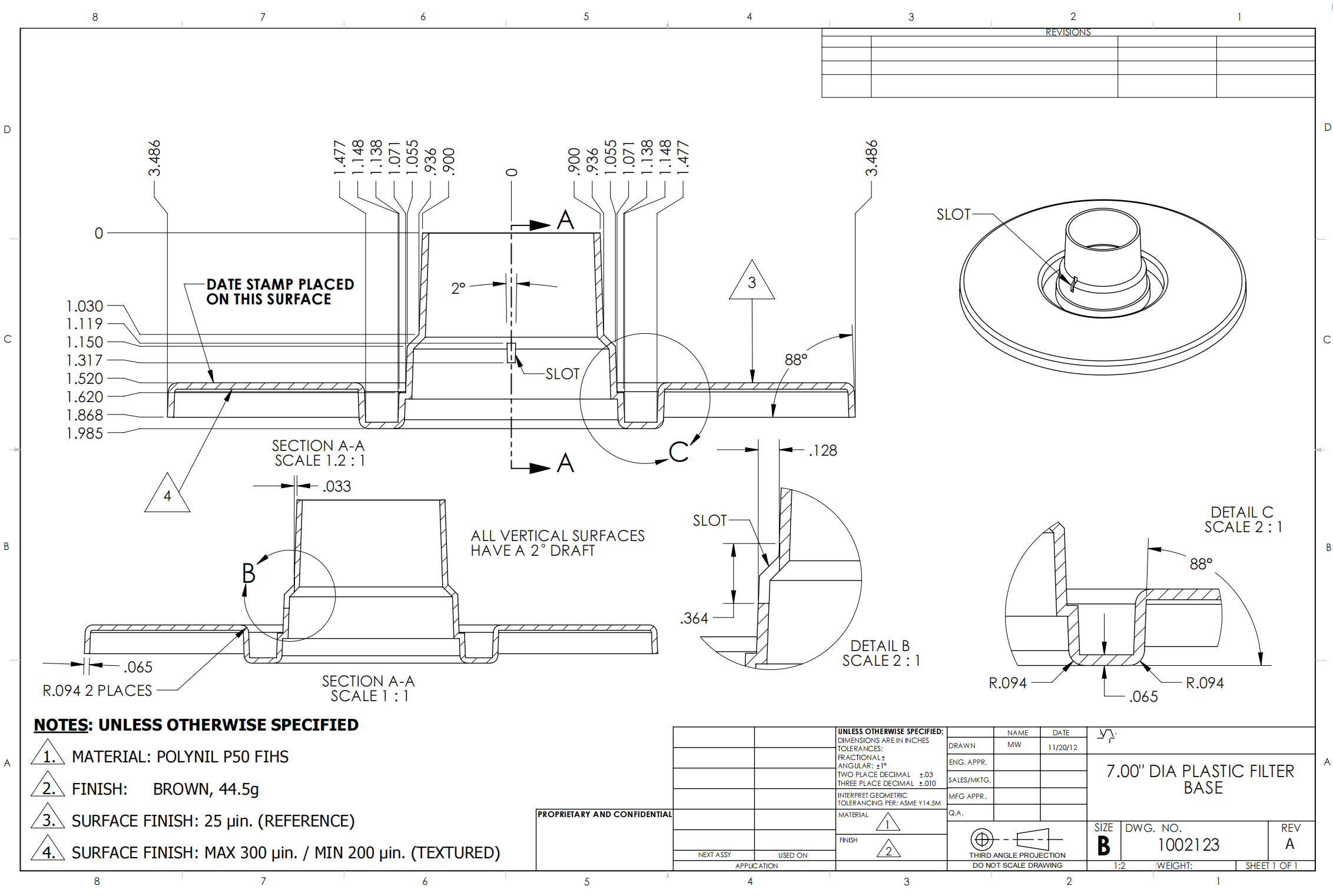With the development of design and manufacturing processes, 3D CAD files have changed how engineers work with manufacturers. Many customers have such a question, 3D files contain a wealth of information, all the data and shape of the parts can be directly obtained in the 3D model, but one also can see the geometric shape of the parts intuitively. But why should we still need to provide the 3D drawing?

What is a 2D drawing?
In the field of engineering, 2D drawing is a type of technical drawing that conveys information about a part, such as its geometry, dimensions, and acceptable tolerances. In addition to the above quantitative information, it also contains some qualitative information such as the material and surface finishes of the part.
Why should you create 2D drawing?
Critical features:2D drawings with the dimensions, GD&T, title blocks, and comments describe relevant information about a part or assembly. Everything you need to know is on this page. So manufacturers do not miss anything important or misunderstand a potentially ambiguous specification.
Clear communication: Operators don’t walk around with computers staring at 3D CAD models. They use the printed 2D drawings to identify critical tolerances, and outline the steps for assembling. The drawing is easy to read and share which is a great way to communicate new ideas and take notes.

Reduction of design mistakes : Drawings can be extremely helpful to the part designer. They force the engineer to review their part from multiple angles and can result in the identification of design mistakes that were not noticed in the 3D environment. Drawings can also serve as concise and compact form of design revision history for other engineers on your team.
Useful for quality controlling: 2D drawings are an important reference document for quality controlling. The drawings provide an easy reference of the tolerances that need to be met on critical dimensions. They also communicate how individual parts come together to make up assemblies and provide important inspection points. After the part processed, the QC department will conduct a 100% full inspection according 2D drawing.
Conclusion
In summary, most manufacturers appreciate receiving 2D drawings along with 3D CAD files when making parts for customers. By creating both, you are giving manufacturers the clearest picture and information of your requirements, then reducing the probability of miscommunication, as well as reducing the cost of the part significantly.
-q4gvl4k29y4hq8j9rjpapvj0ft06fje63olt7p210i.png)


